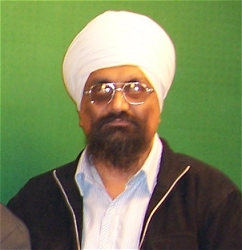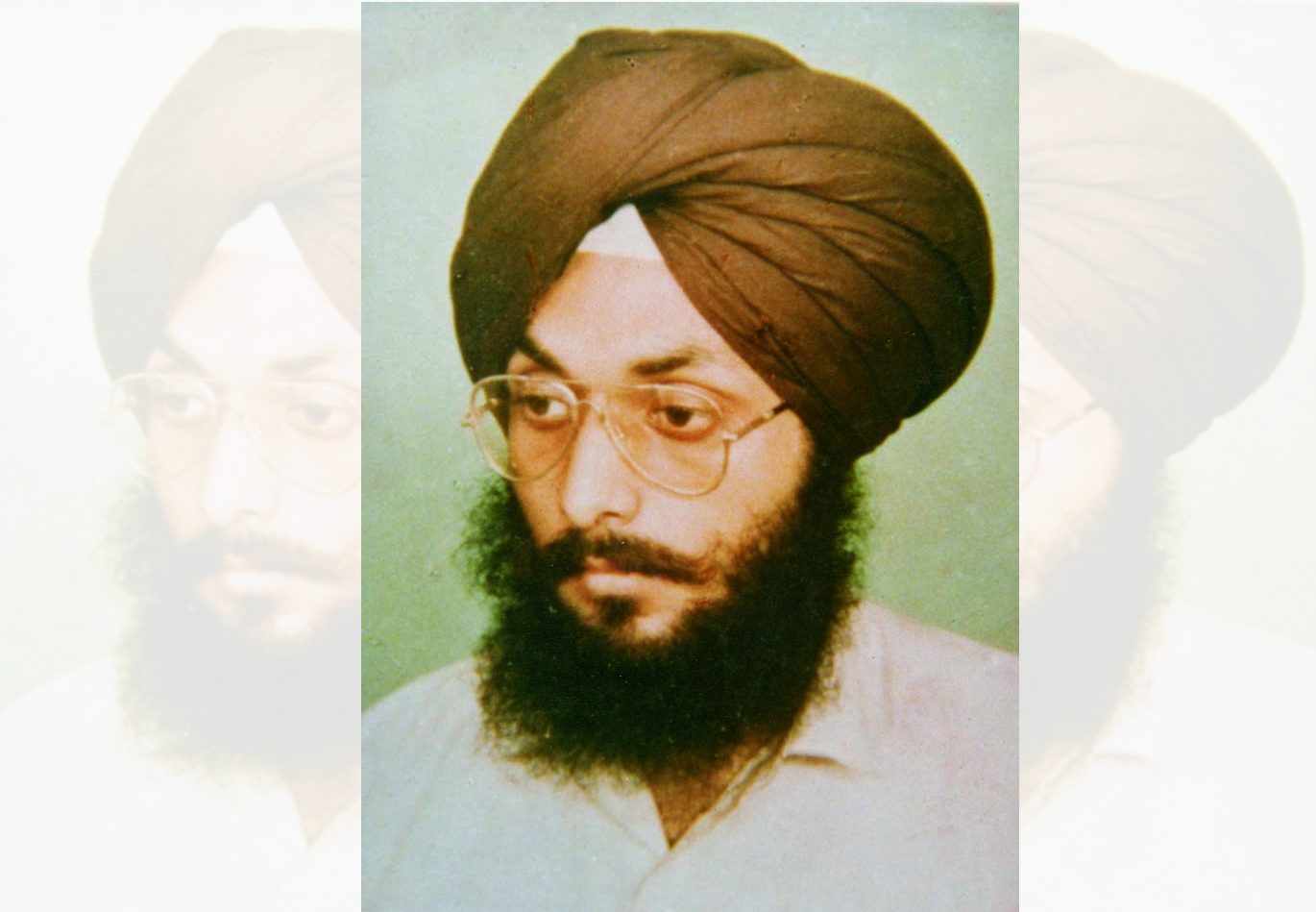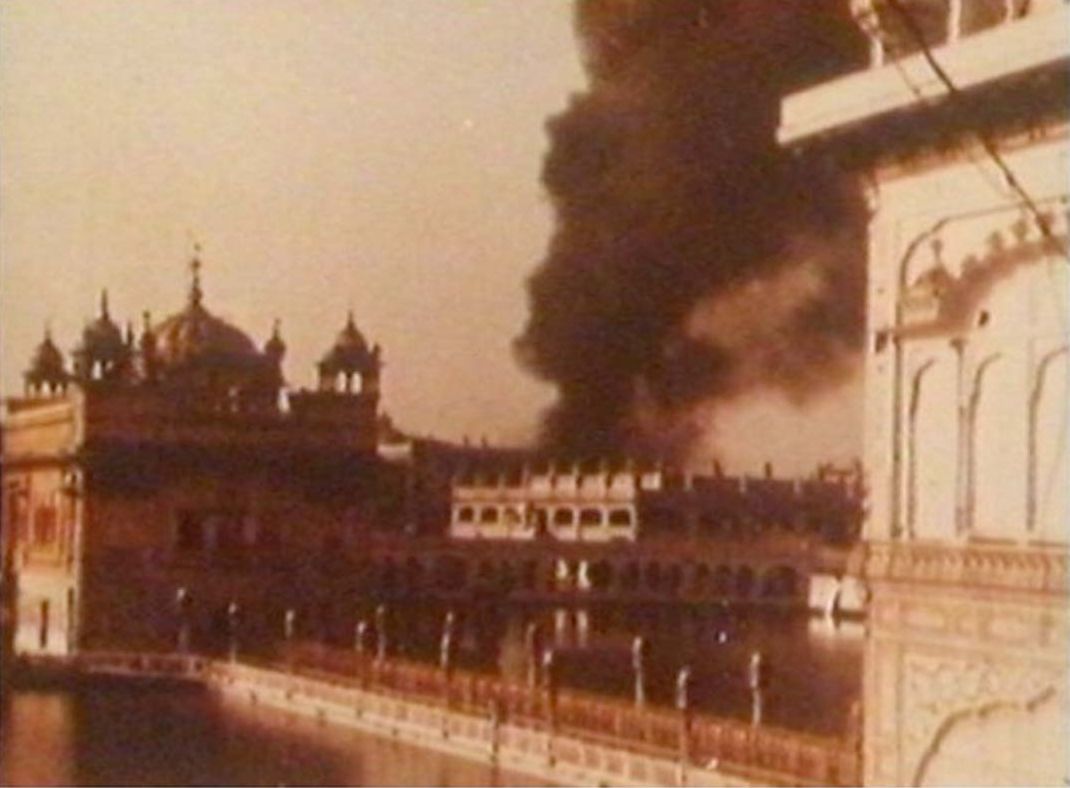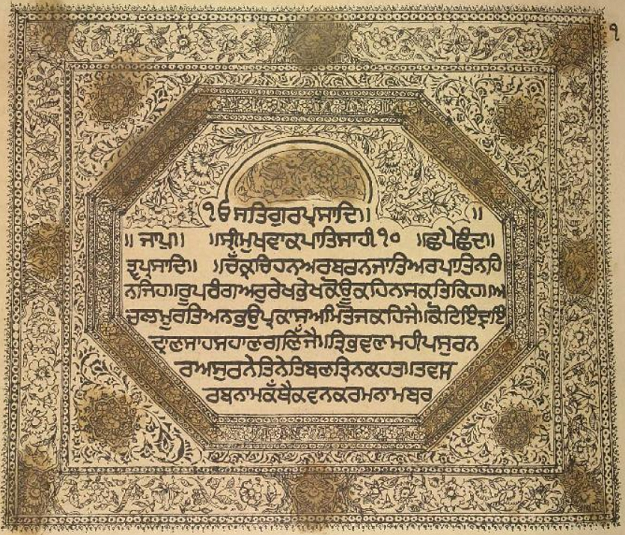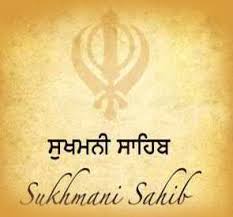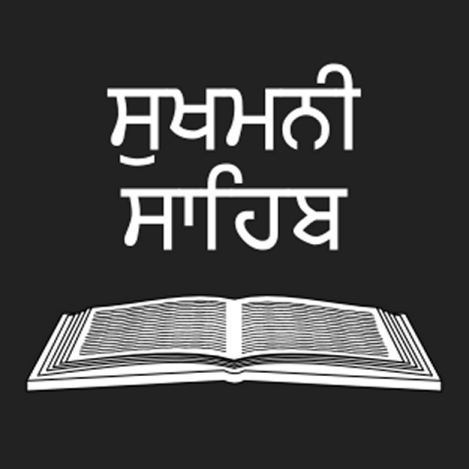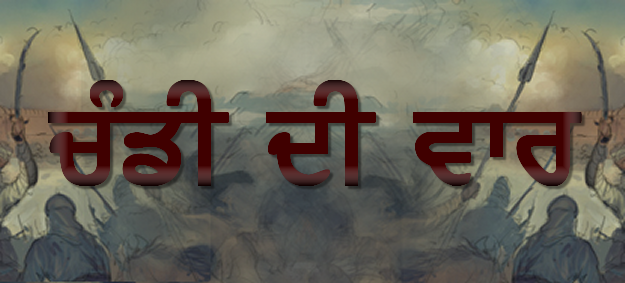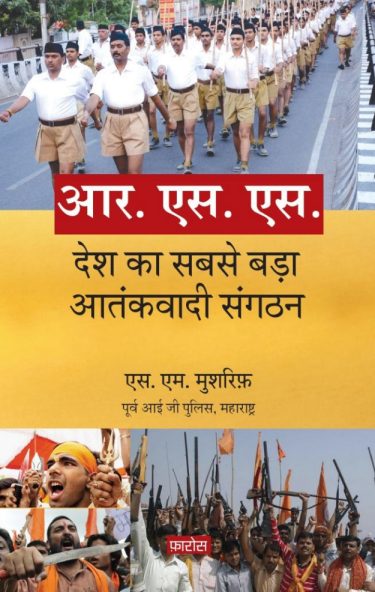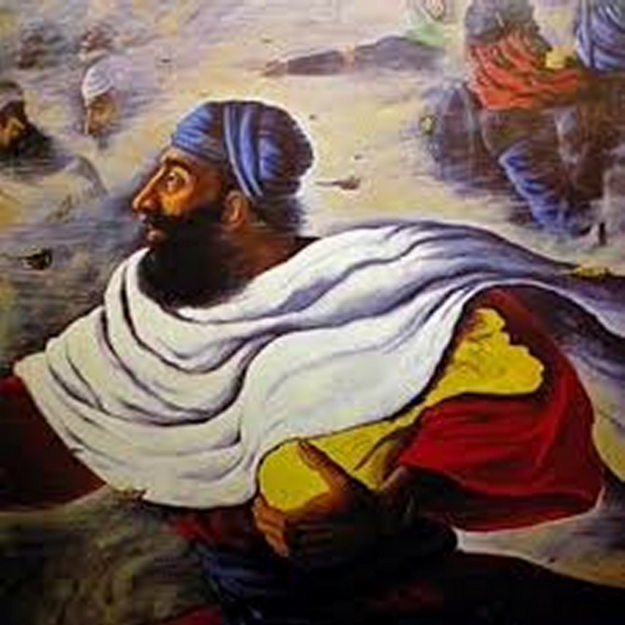
- Recognize that the attack on Harmandir Sahib (Golden Temple) was horrendous and tragic, and a crisis of human rights of conscientious people.
- Create awareness and understanding of 1984 events — a Third Sikh Holocaust as a defining issue of fundamental significance.
- Present a symbolic mark of respect for all victims of Holocaust persecuted by Government of India in the last 300 years and empathize with all those who still are suffering under such repressing forces.
- Make sure that dastardly crimes to traumatize the whole community are not forgotten, misinterpreted, overwritten and repeated, anywhere in India or in the world.
- Make available an international attention for educating coming generations about the Sikh Holocausts and create vigilance for stopping crimes through lessons learnt from it.
- Highlight a society free of the harms of chauvinism, racism, and bigotry and support a diverse society with equal opportunity and responsibilities to all citizens.
- Support the efforts to preserve historical data, manuscripts, artifacts, archeological finds and promote a meaningful research of Sikhs’ past and learn from it for the future.
I have recounted all these episodes to demonstrate that the Third Holocaust in 1984 falls exactly in the same pattern that has been repeated over and over. How does the holocaust take place? It hits hard at the maximum number of people collected to practice their faith, culture, language and religious boundaries. The Blue Star operation and Woodrose Operation were carried out on a historical day, when the Government was sure that Gurudwaras would be packed with devotees.
The Martyrdom Day of Fifth Guru Arjan Dev ji, on 3rd June, 1984, was approved for an attack on Harmandir Sahib [Golden Temple] by the then Prime Minister Indira Gandhi. Kuldip Singh Brar, testifies in his book that they were ordered to finish everything in 48 hours. It proves that the Government wanted Indian Army to blindly kill people to create shock waves in the whole community and create deadly impact on the psyche of Sikhs. Six Army Divisions (more than in any war with Pakistan), were deployed to carry out planned attack. Many other religious places were also targeted for the Army’s demonstration of a death dance. Giani Zail Singh was the President of India who became instrumental in hobnobbing, skulking, and showing his loyalty to the Nehru clan. On May 30, 1984, he assured a delegation that Government had no intention entering the Golden Temple. A large contingent of Army was already deployed all over Punjab. The Golden Temple was surrounded on May 24, 1984. The Home Minister declared in the parliament that the Army wouldn’t enter the Harmandir Sahib. On June 1st, all trains were cancelled. A sudden curfew was imposed all over the State. Why did the Government keep assuring the people that the Army had no plan to enter the Golden Temple? It was just a ploy to trap devotees inside the Gurdwara and then pound them in an exemplary attack to frustrate them forever. Earlier this pattern motivated the Muslim invaders to destroy Golden Temple three times in the 18th century. The Indian army rehearsed the strategy to attack the Golden Temple for six months. The curfew was imposed in the entire state for a week. There was an uncanny silence in the bustling streets of Punjab’s major cities. All reporters were bundled up in specially charted buses to be driven overnight out of the state. 42 other Gurdwaras were spotted for identical action. The action was deliberated to break the backbone of Sikhs who were protesting against Government interference in their religious affairs. The name of the mission was Blue Star Operation. The army carried out what it was trained for. The army was ordered to attack the enemy, and for them each man, woman and child represented the inimical force. When ordered, the army shot who came in their way.
In the wake of Curfew, thousand of devotees wanted to go to their homes, but wouldn’t be let go by the security forces. They were trapped in precincts of the holy place. They were there to pay obeisance to the memory of the 5th Guru who 372 years ago had shaken the confidence of tyrants with his perfect calm against unimaginable tortures —placing him in boiling oil cauldron, rubbing burning hot sand on his body. The will of God was sweeter than to bend before the tyrannical regime of the Mogul. That day in Harmandir Sahib, thousand sof devotees must have perished chanting Waheguru and trying to be like the legendary Guru resigned to the will of God.
The Indian Army fired on the innocent devotees to terrorize the militants who took positions. There young boys were rounded and their hands were tied at their back, and shot at point blank range. One Ranbir Kaur saw 150 youth lined up with their hands tied with their turbans. Artillery and mortar attack knocked down towers built in 18th century . Ragi Bhai Amrik Singh was shot to death.. Mark Tully said more than 4000 people died in the carnage. Brahma Challaney, a correspondent of Associate Press, managed to stay back. He reported that bodies of devotees were carried in rubbish trucks. He saw 50 of them in that manner that included two women and a child. Doctors were threatened not to report that Sikh men’s hands were found tied back and killed. The fierce battle ensued in which thousand of Army Jawans lost their lives and thousands of Sikhs died fighting for their faith. The holy tank was red with the blood of god-fearing men. The temporal seat of the Sikhs, the Akal Takht was riddled with bullets and artillery fire. The personnel carrier and tanks found their way crushing wounded and hurt devotees.
The Sikh reference Library was ransacked. The valuable manuscripts dating back to thousand of years were destroyed and taken to unknown places. Some Hindus celebrated the attack on the Golden Temple and praised the leadership of Indira Gandhi. She became Durga incarnate for Hindus of Punjab who were elated at the Army action and endorsed it for reasons unknown to them. Sikhs living in other states suffered humiliation beyond anybody’s imagination. They were jeered and heckled for keeping their faith. The state governments became an accessory to the crime. The opposition of political parties neutralized and it seemed as if the whole nation was fighting against the Sikhs with one voice.
Nobody raised the voice against flagrant violation of human rights. It seemed that human rights were not for Sikhs. The Government controlled media flashed tailored versions of 'news'. The truth suffered as a casualty as there was nobody to report it. The journalists feared for their lives and didn’t report even what they had seen with their eyes. It was a warlike situation. The enemy was none other than their own who had supported the same army during wars with Pakistan.
Sikhs felt besieged in their own country. They became outsiders overnight. “They have been served right” was the voice of the majority. The largest democracy on earth was demonstrating bigotry, chauvinism, national hysteria and fixation with their own superiority. The democratic structure came under sharp criticism for endorsing Hindu schema through catching terminology and hegemony. The political parties became speechless and flabbergasted, and failed to understand the magnitude of the problem. The left totally shut down. They issued their clichéd statements that only sustained the Hindu secretive diary of atrocities against the minorities. It seemed that all major political parties spoke in unison to support the attack. Ram Naryan Kumar said in his article, “Sophisticated Hindus with such views on India’s history couldn’t regret the destruction of Golden Temple which is Islamic in essential architecture.” Morarji Desai, a former Prime Minister of India belonging to anti-congress party declared that India would have been destroyed, had Indian Army not carried out the attack. Sikhs psyche was devastated though not defeated. Some Sikh soldiers deserted their posts to protest against an attack on their places of worship. They were caught and still facing persecution at the hands of authorities. The peaceful demonstration of thousands of Sikh villagers started to reach Amritsar that was silenced with volleys of fire. The frustration had reached its peak with no hope in the near view.
The theo-political status of Harmandir Sahib, according to Ram Naryan Kumar, has been continuing to inspire struggles for freedom and human rights. The Jallianwala Bagh became a motivating force to free India from the British rule. Gen Dyer became an archrival of Sikh spirit. When Mahants honored Gen. Dyer in the Golden Temple, there was such an uprising in Sikhs that they vowed to free Gurdwaras from Government appointed priests. The intense, non-violent, peaceful and purposeful struggle for ousting British agents from Sikh religious places was occasioned by the treacherous act of honoring Gen Dyer in the precincts of the Golden Temple. It resulted into Gurdwara Act 1925, but not without sacrifices of Sikhs. Even Mahatma Gandhi had to say that India had won the first leg of independence. The struggle for the Gurdwara can’t be separated from the freedom of India as it was a sharp reaction to Gen Dyer’s shooting orders of freedom fighters. It is evident from the historical chain of events that Jawaharlal Nehru and his associates didn’t want Muslims to share power with him. The grounds for riots were indirectly prepared by him and his colleagues. They thought it would have double advantage as it would weaken Punjab and Sikhs wouldn’t become nostalgic of their Sovereign Punjab that they had lost at hands of the British Government. The segregation was precipitated to destroy last vestiges of the Nation of Sikhs, who might demand sovereignty with the collaboration of Muslims. Immediately after Independence, Jawahar Lal Nehru made policies to deal with Punjab and Sikhs. The British had mahants installed in religious places, and Jawahar Lal Nehru recognized all sects who were engaged in eroding the base of Sikhism. They reintroduced all those evils that Sikhism had reacted against.
Why did Indira Gandhi target Sikhs and their religious places? In 1976, Jayaparkash Naryan recognized that the central Government had too much power to destabilize state Governments. He advocated Federal system of Government in which states would enjoy more freedom to elect their leaders. The unemployment, rising prices, corruption, political crimes had turned the people against Indira Gandhi. With the Akali Dal in the forefront of the struggle, JP had appealed even to the Army to rise against dictatorial Indira Gandhi. Indira had to impose a 'state of emergency' in the country as she took control of legislative, executive and judicial wings of the Government. There was a lot of political persecution that was uniting people against Congress. She couldn’t go any further and had to hold election. She tasted the worst ever defeat. After that, she lost all her wits and became dangerously poised to knock down the Janta Dal’s Government by aligning with Chaudhary Charn Singh. In 1980, she came back to power and had already chalked out her line of action. She would never let people unite on problems like poverty, corruption, unemployment, and rising prices. She knew she would play a dangerous card to lead the rest of India away from their problems of poverty, homelessness, and rising prices. The obvious targets were the Sikhs who had started their non-violent Morcha for control of Punjab waters and inclusion of Punjabi speaking areas on a linguistic basis. The problem compounded as Punjab Hindus disowned their mother tongue and the center encouraged migration of people from Hindi speaking areas to make Sikhs a minority in their own state. Jails were full of Dharm Yudh morcha activists but it did invite more violence. The Nirankaris enjoyed complete support and guidance of the Government. The unfortunate killing of Sikhs by Nirankaris in Amritsar set the ball rolling. Victims’ families waited too long for the justice, but it was not their cup of tea. The head of Nirankari sect was acquitted of the charges of murder and intimidation. It was again the same pattern that was repeated in Delhi carnage. More than 20 years of victimization couldn’t bring the guilty to justice. Instead, the perpetrators of crimes enjoyed political power and still have been vested with authority of public office irrespective of their involvement in criminality.
There is not an iota of doubt that the collective Indian psyche has all paraphernalia of repeating holocausts — exaggerated belief in their superiority, the capacity to incite mobs for political purposes, ruthless use of machinations to divide people, use criminals for political rivals etc. It may be preposterous to think that a Sikh has become Prime Minister of India, and that is the end of all problems. When the Third Sikh Holocaust took place, we had a Sikh President who assured a delegation two days before the attack that the Government had no intention to enter the Golden Temple. Dr. Manmohan Singh’s silence towards the French Government ban on Turbans is intriguing. Why is he afraid of taking an open stand? The reason is not farfetched to imagine. He subscribes to the Indian collective psyche and knows any such stand would invite wrath of Hindu chauvinists. He can be ousted overnight if he doesn’t fit into their scheme. It doesn’t matter who or what Dr. Manmohan Singh is, what matters is how he can serve them by observing strict boundaries.
This article is based on the research paper presented in a conference on Holocaust Memorials organized by the Institute for Conflict and Peace Studies, (IFCAPS) Chicago, IL
The above essay was presented in a conference organized by IFCAPS, Chicago, IL.


